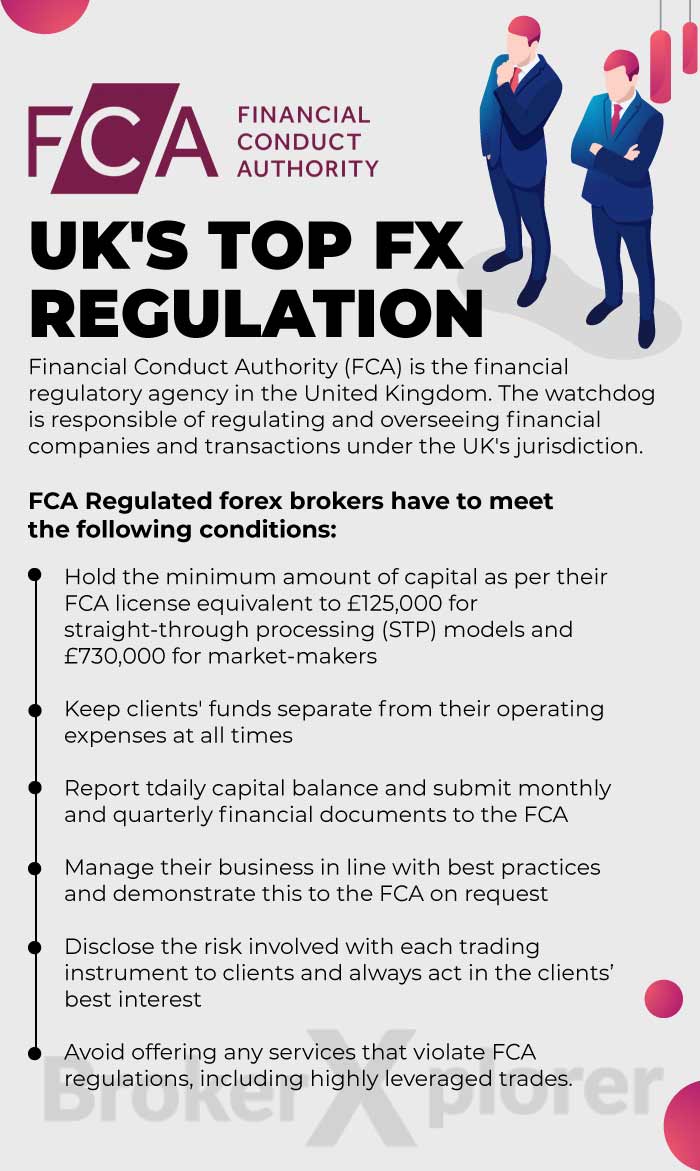If you don't have the time to become a full-time trader, you can still be a part-time trader and gain profits with the following steps.
Trading full-time is not for everyone. Instead, doing it part-time is still feasible regarding time or energy management. That is why many people choose to trade (either in foreign exchange, stocks or commodities) part-time while still keeping their main jobs. But juggling between daily trade and other daily activities or chores can be very challenging. Or rather, very few people have the abilities or techniques required to balance those two different worlds. In many cases, part-time trading takes a significant portion of the daily schedule, or even worse - it affects the work-life balance, health, and sanity.

Naturally, part-time activities have windows of downtime. In those time windows, traders are supposed to do something else like resting or even going on a holiday. However, during these break times, the market keeps going and there could be missed opportunities. The 24-hour nature of international markets gives equal possibilities to earn money during day and night.
If you still prefer doing part-time trading rather than making it a full-time job, you may need to understand how some specific currencies work best during the daytime and some others perform well during the night. It is also useful to understand the correlation between currencies in each pair, which is partly determined by the time difference between countries since when one region closes the day, another one is just about to open.
In the UTC zone, some of the important market sessions are:
- London: 08:00 – 17:00 hrs
- Tokyo: 12:00 – 21:00 hrs
- New York: 13:00 – 22:00 hrs
- Sydney: 22:00 – 07:00 hrs.
This kind of time difference offers an opportunity for day traders to adjust their time and act accordingly based on the opening and closing times of certain markets. Some platforms even provide automation tools to help minimize hassle when choosing the best time to trade every day. This includes currency fluctuation analysis, market sentiment, news analysis, or even a robot to do some trades on the trader's behalf.
To help manage these time constraints, here are 10 steps to becoming a successful part-time trader:
1. Pick a Trading Time That Suits Your Schedule
Even when you are trading in small time frames, you still need a mid-to-long-term strategy in place. This includes trading road maps that calculate the potential good yields when you play long term, as well as good results when you do short-time trading such as scalping. By knowing your time-frame strategy, you can choose the best currency pairs to trade, potential gains that you may earn, and the position size that is required to maximize profits. Always pick the currency pair and trading strategies that fit your daily schedule.
2. Use Your Time Wisely
It is paramount to use your time wisely when you only have small windows of trading time. There's a chance that there are no suitable traders available when you get into the market. To avoid this type of mistake, a backtesting mechanism could be useful. Backtesting reviews historical data to see whether a particular strategy would have worked or is ideal to implement while making sure that there's little to no risk involved.
3. Keep Track with a Trading Journal
Keeping a trading journal will help you record all your trades and activities in the market. If completed daily, a trading journal can also be a useful time-management tool that reflects and refine your trading strategy. You can also use it to record your trading mistakes and define better methods to be used in the future.
4. Focus on Currency Pairs That are Active During WorkHours
By focusing on currency pairs that are active during your work hours, you can monitor them and take the best actions during their active hours. Your working time during the day will show which international markets that are active at that moment, including which currency pairs are best to focus on.
5. Practice Quick Decisions
It is important to practice quick decisions when you only have limited time. Every minute counts, so it is almost impossible to take your time longer in the day to elaborate or do deep analysis. You must have Plan A and Plan B scenarios to execute when you have to act quickly.
6. Set Realistic Goals
It is also important to set realistic trading goals. You must first understand your abilities and limitations, including time constraints. Since trading can be a highly emotional activity, traders need to maintain adequate self-awareness and focus only on goals that are well-calculated and promising. Be realistic about what you can and cannot achieve.
7. Focus on the Beginning and End of Day Trading
When you are working a full-time job while managing a trade, it is helpful to focus on the beginning and end of day trading, surely with careful planning and time management all accounted for. You can trade in the morning while some of the world's biggest markets are still active, and then catch up with the end-of-day analysis and review charts. When you trade in the evenings, you may find some currency pairs that appeal to you and is the best choice to trade during that time.
8. Use Stop Loss Orders
Many trading platforms provide a stop loss order, so when you are away doing something else important, your computer may be your trading partner and act according to the setting input that you previously set. When the market takes a sudden move against your position, stop loss orders will protect your assets based on your input or preferences.
9. Take Longer Trades
Scalping can be a good strategy to try, but it's just one of many. It also varies in choice regarding how long you should hold your trade or when to take important actions. But if you are a more risk-averse person, taking a longer trade (such as days rather than minutes) can give you a good perspective on the overall market dynamics. Swing trading, as it is called, suits a part-time trader perfectly regarding its requirement of enough time each day to keep the market swings and price movement patterns. It requires patience, yes, just like short-term. But the rates will fluctuate in a bigger range and you can get a greater swing space to tolerate or to analyze deeper.
10. Learn from Forums and Online Communities
Some good strategies are also out there in the open for you to grab and learn. Trading forums and many online communities in many cases give useful clues about how the market is doing, and how it may react on the next day based on the historical data. Trading communities share not only information but also useful insights that you can use to strengthen your strategy.
In conclusion, it is always good to maintain good time management in trading. It is also important to set realistic goals and adjust your trading strategies based on the active international time zones. The steps above can be used to maximize the outcome of your trading, and you can always ask fellow traders or experts via online forums or communities to gain useful insights or to reflect on your own strategies. Finally, the best trading method is always the one that supports your work-life balance and offers healthy solutions to your equally-important daily activities.
If you choose to use a day trading strategy, you can also learn from another trader such as Corvin Codirla.

 Dedicated FREE FOREX VPS
Dedicated FREE FOREX VPS Free FOREX Virtual Private Server
Free FOREX Virtual Private Server MT4 Demo Contest, Get $500
MT4 Demo Contest, Get $500 Sign Up for an Account, Claim 60% Deposit Bonus
Sign Up for an Account, Claim 60% Deposit Bonus Free MT4/MT5 VPS 2024
Free MT4/MT5 VPS 2024 Send E-mail and Get Free Merchandise
Send E-mail and Get Free Merchandise $1K Refer a Friend Bonus for Pepperstone Pro clients
$1K Refer a Friend Bonus for Pepperstone Pro clients Maximize Your Earnings with 100% Deposit bonus
Maximize Your Earnings with 100% Deposit bonus Trade to Win, $5,000 Monthly Demo Contest
Trade to Win, $5,000 Monthly Demo Contest Claim 30% + 15% Deposit Bonus from LiteFinance
Claim 30% + 15% Deposit Bonus from LiteFinance








